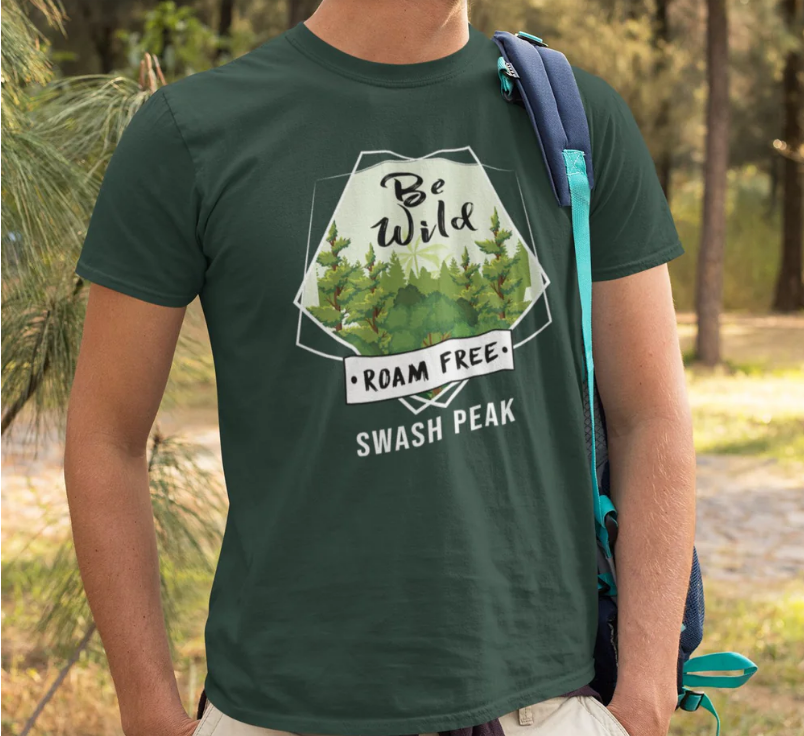
Adventuring outdoors isn’t always about sunny hikes and light breezes. Sometimes it means enduring rain, snow, wind, or biting cold. For true explorers, gear isn’t just about looking the part—it’s about staying safe, dry, warm, and comfortable when the elements push back. That’s where the right outdoor adventure clothing becomes more than just a choice. It becomes a necessity.
Whether you're trekking through alpine trails, exploring rainforests, or camping during winter, knowing how to dress for extreme weather can be the difference between an unforgettable experience and a miserable one. This guide breaks down everything you need to know to build the perfect wardrobe of outdoor adventure clothing for the toughest conditions.
Why Outdoor Adventure Clothing Matters in Harsh Conditions
Ordinary clothes aren’t built to handle freezing wind chills, heavy rain, or snow-covered slopes. The right outdoor adventure clothing will:
Regulate your body temperature
Protect you from wind, moisture, and UV exposure
Allow breathability and moisture wicking
Offer flexibility and mobility
Provide durability and resilience in tough terrain
But to get all these benefits, you must select the right materials, fits, and layering combinations—especially when facing extreme environments.
The Layering System: Your Best Friend in Extreme Weather
Dressing in layers is the golden rule of outdoor adventure clothing, especially when weather conditions are unpredictable or severe. The three-layer system is designed to trap warmth, move moisture, and shield you from the elements.
1. Base Layer (Moisture Management)
This is your next-to-skin layer. It wicks sweat away from your body and helps keep you dry. Avoid cotton—it traps moisture and will chill you quickly.
Best materials:
Merino wool (great for warmth and odour control)
Synthetics like polyester or nylon blends
Fit: Snug but not tight—enough to wick sweat without restricting movement.
2. Mid Layer (Insulation)
The mid layer keeps you warm by trapping body heat. Depending on the climate, this can be a fleece, puffer jacket, or insulated vest.
Best materials:
Down (lightweight and warm, but not ideal if wet)
Synthetic insulation (like PrimaLoft) for wet conditions
Grid or stretch fleece for mild cold
Fit: Looser than the base layer but still trim enough to fit under your outer shell.
3. Outer Layer (Protection from the Elements)
Your shell layer protects you from wind, rain, and snow. This is where high-performance design really comes into play.
Best materials:
Gore-Tex or other waterproof/breathable membranes
Durable Water Repellent (DWR) coatings
Wind-blocking fabrics with sealed seams
Fit: Roomy enough to accommodate under-layers without restricting motion.
Key Features to Look for in Outdoor Adventure Clothing for Extreme Weather
1. Waterproof and Breathability Ratings
Look for waterproof ratings measured in millimetres (e.g., 10,000 mm) and breathability ratings (e.g., 10,000 g). The higher the number, the better the performance—especially important in rain or snow.
Bonus: Pit zips or side vents help manage heat buildup without compromising waterproofing.
2. Wind Resistance
Cold wind can cut through most fabrics and drain body heat fast. Windproof outer layers with adjustable hoods and drawcords help seal out gusts.
3. Seam Sealing and Zipper Guards
For true storm protection, check that jackets and pants have fully taped seams and storm flaps over zippers. Even waterproof fabrics can leak without these features.
4. Mobility & Fit
You’ll likely be moving a lot—climbing, bending, hiking. Outdoor clothing should offer:
Articulated knees and elbows
Gusseted crotches or stretch zones
Adjustable cuffs and hems for custom fits
5. Weight and Packability
When facing variable conditions or long treks, gear weight becomes a concern. Lightweight, compressible materials help reduce load while still offering protection.
Dressing for Specific Extreme Conditions
Cold & Snow
Layer heavily with insulation, ideally down or high-grade synthetics. A snow-specific shell with powder skirts and helmet-compatible hoods is ideal.
Accessories: insulated gloves, thermal socks, neck gaiters, and beanies.
Wet & Rainy Climates
Moisture-wicking base layers and fully waterproof shells are essential. Consider fast-drying synthetic mid-layers to avoid staying damp for long.
Accessories: Waterproof gloves, rain gaiters, waterproof hats.
High-Altitude or Windy Conditions
Strong winds at elevation require windproof shells with good face protection. Goggles or sunglasses and breathable but insulating layers are crucial.
Accessories: Buffs or balaclavas for windburn protection.
Desert Heat
Focus on UV protection and breathability. Loose, light-coloured clothing with moisture-wicking features will prevent overheating.
Accessories: Wide-brimmed hats, UV sleeves, and breathable face coverings.
Mistakes to Avoid When Choosing Outdoor Adventure Clothing
Wearing cotton: It holds moisture, increasing your risk of hypothermia in the cold and blistering discomfort in the heat.
Overlayering: Too many layers can restrict movement and actually trap sweat, making you colder when you stop moving.
Ignoring fit: Bulky clothes cause chafing and reduce mobility. Try pieces on with all layers to ensure they work together.
Skipping accessories: Gloves, hats, and socks are just as important as jackets and pants in extreme weather.
Underestimating weather changes: Even warm locations can drop in temperature at night or in storms—always plan for the unexpected.
Choosing the Right Gear Brand: Why Swash Peak Is a Top Choice
When it comes to outdoor adventure clothing for extreme weather, you need a brand that delivers performance and versatility. That’s where Swash Peak stands out.
Swash Peak is a modern outdoor brand built for explorers who want gear that performs in harsh environments but still looks clean and stylish. Whether you're tackling backcountry trails, snow-covered ridgelines, or unpredictable weather during travel, Swash Peak has you covered.
What Makes Swash Peak Unique?
1. Purpose-Built for Real Adventures
Every item is designed with extreme conditions in mind—from triple-stitched seams and reinforced waterproofing to breathability systems that work in hot and cold environments.
2. Modern, Minimalist Aesthetic
Swash Peak gear doesn’t scream “techwear”, but it packs powerful features beneath sleek lines, neutral tones, and urban-friendly silhouettes. It’s the kind of clothing you can wear from trail to town.
3. Layer-Ready Systems
Swash Peak designs its collections around intelligent layering: base layers that wick and breathe, mid-layers that insulate without bulk, and shells that shield you from the worst elements. You can build your wardrobe piece by piece, knowing it all works together seamlessly.
4. Trusted by Explorers and Travellers Alike
From thru-hikers to digital nomads, outdoor photographers to weekend warriors—Swash Peak is fast becoming a go-to for people who want more from their clothing.
5. Built to Last
Durable fabrics, sustainable construction, and field-tested performance mean your gear lasts longer—saving money and reducing waste in the long run.
Final Thoughts: The Right Outdoor Adventure Clothing Can Make or Break Your Experience
Extreme weather isn’t forgiving, but the right clothing transforms danger into adventure. By understanding layering systems, material choices, and environmental demands, you can gear up for anything nature throws your way.
Investing in high-quality outdoor adventure clothing is not just about comfort—it's about safety, endurance, and confidence. And if you’re looking for the right place to start building or upgrading your kit, Swash Peak delivers high-performance outdoor wear with a sharp design edge.
So whether you’re planning to brave a snowstorm, hike through a rainforest, or explore the high desert at dawn, make sure your wardrobe is ready for the challenge. After all, the gear you wear should work as hard as you do.

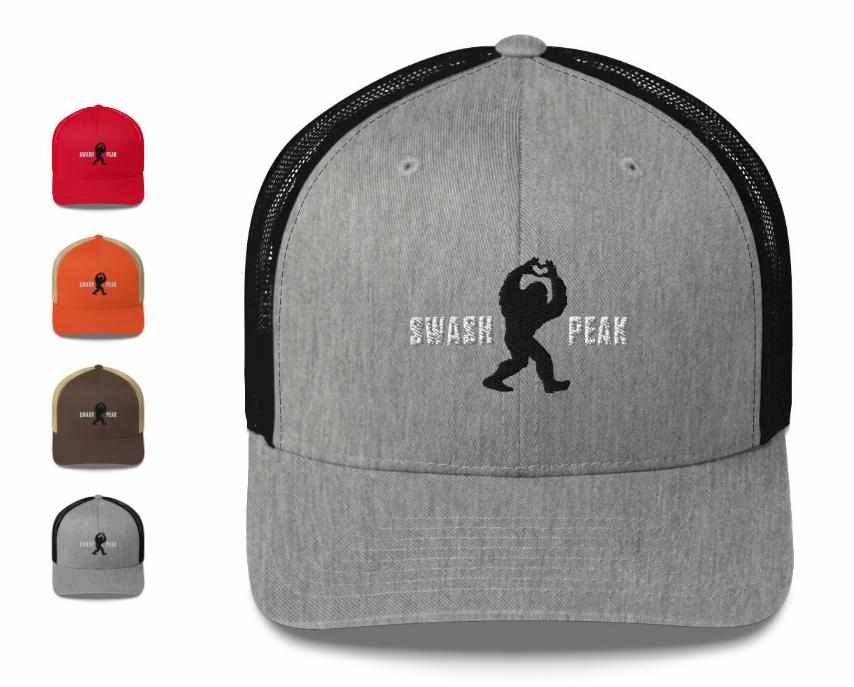
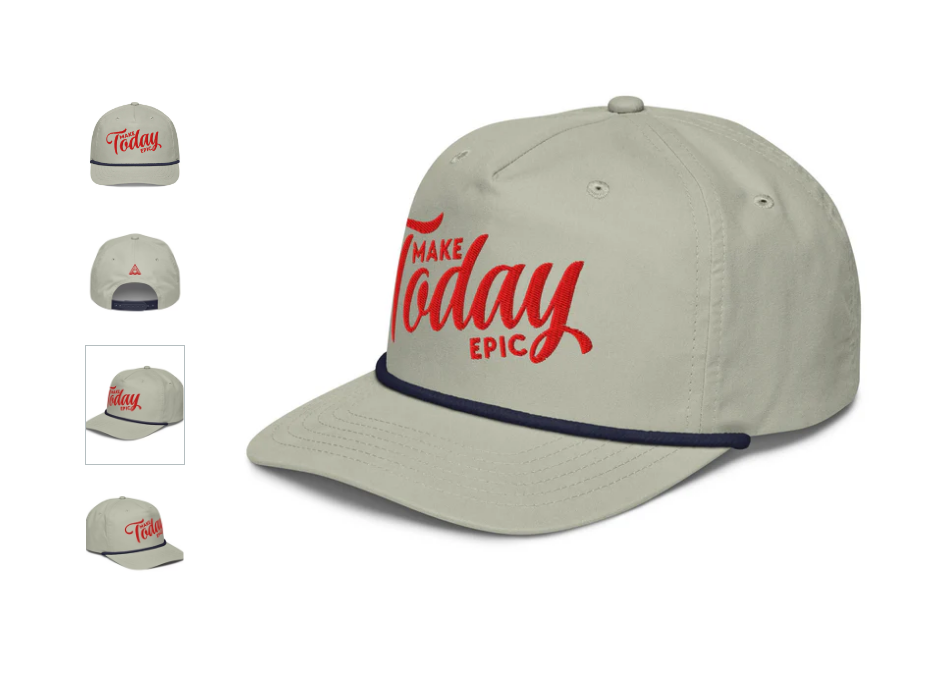
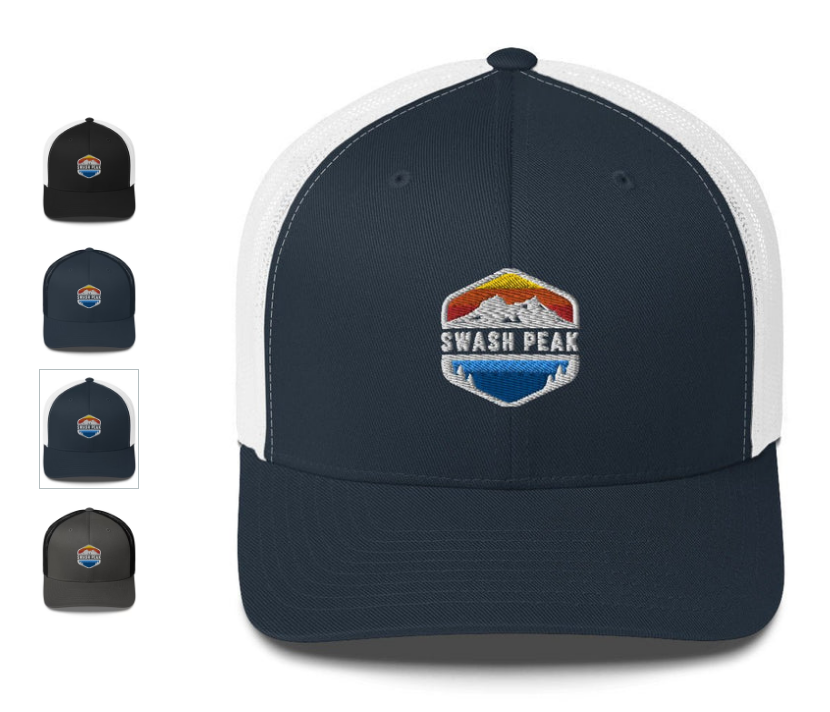
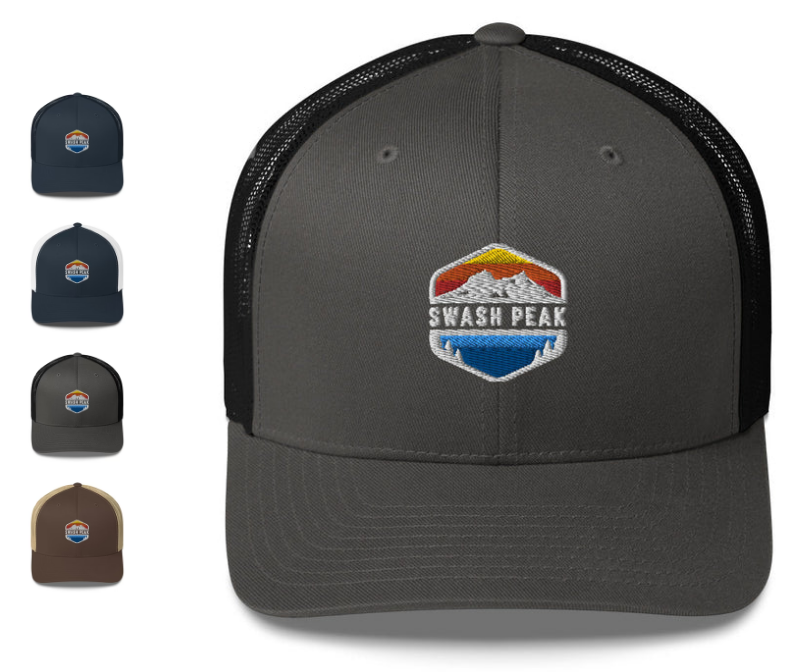
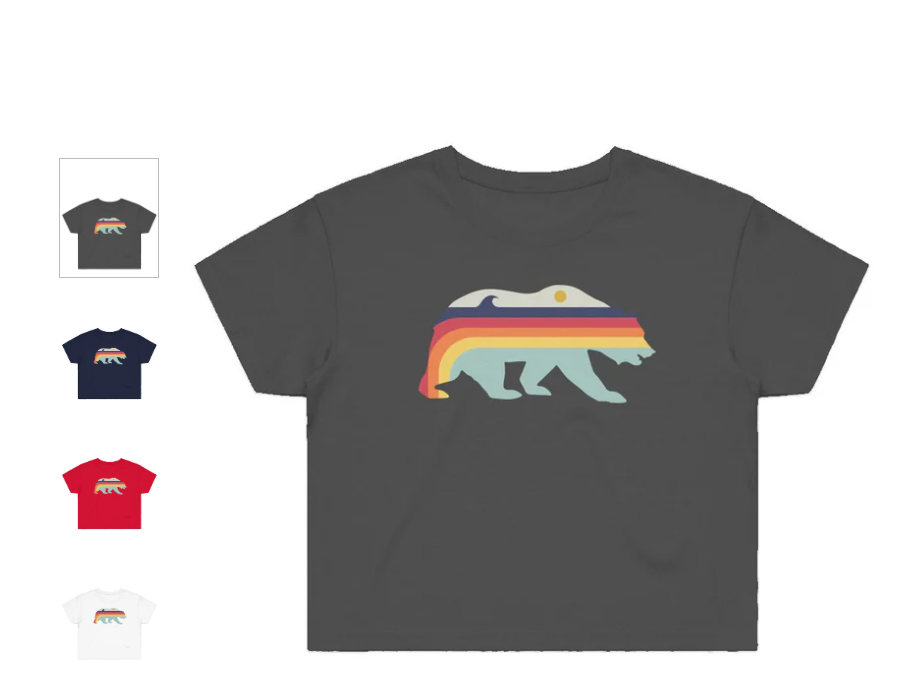
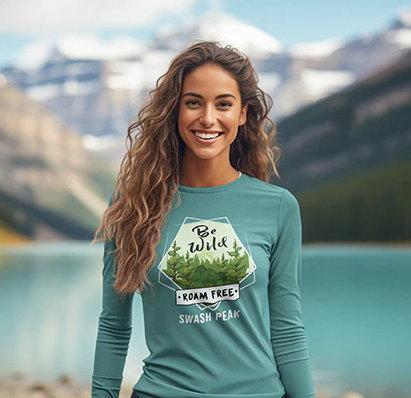
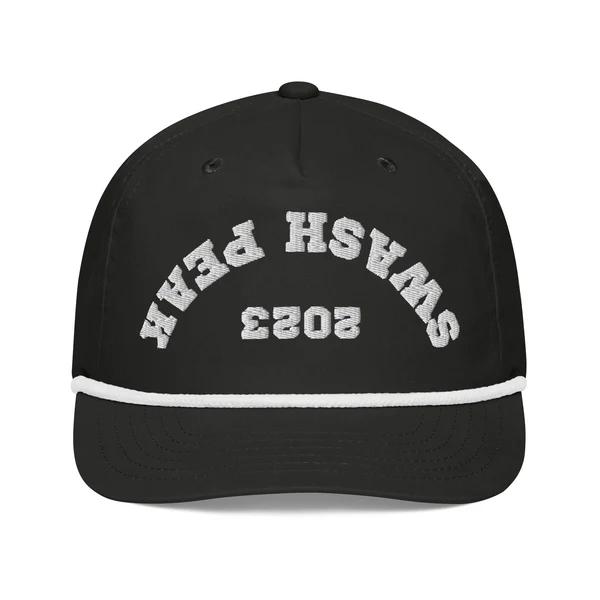

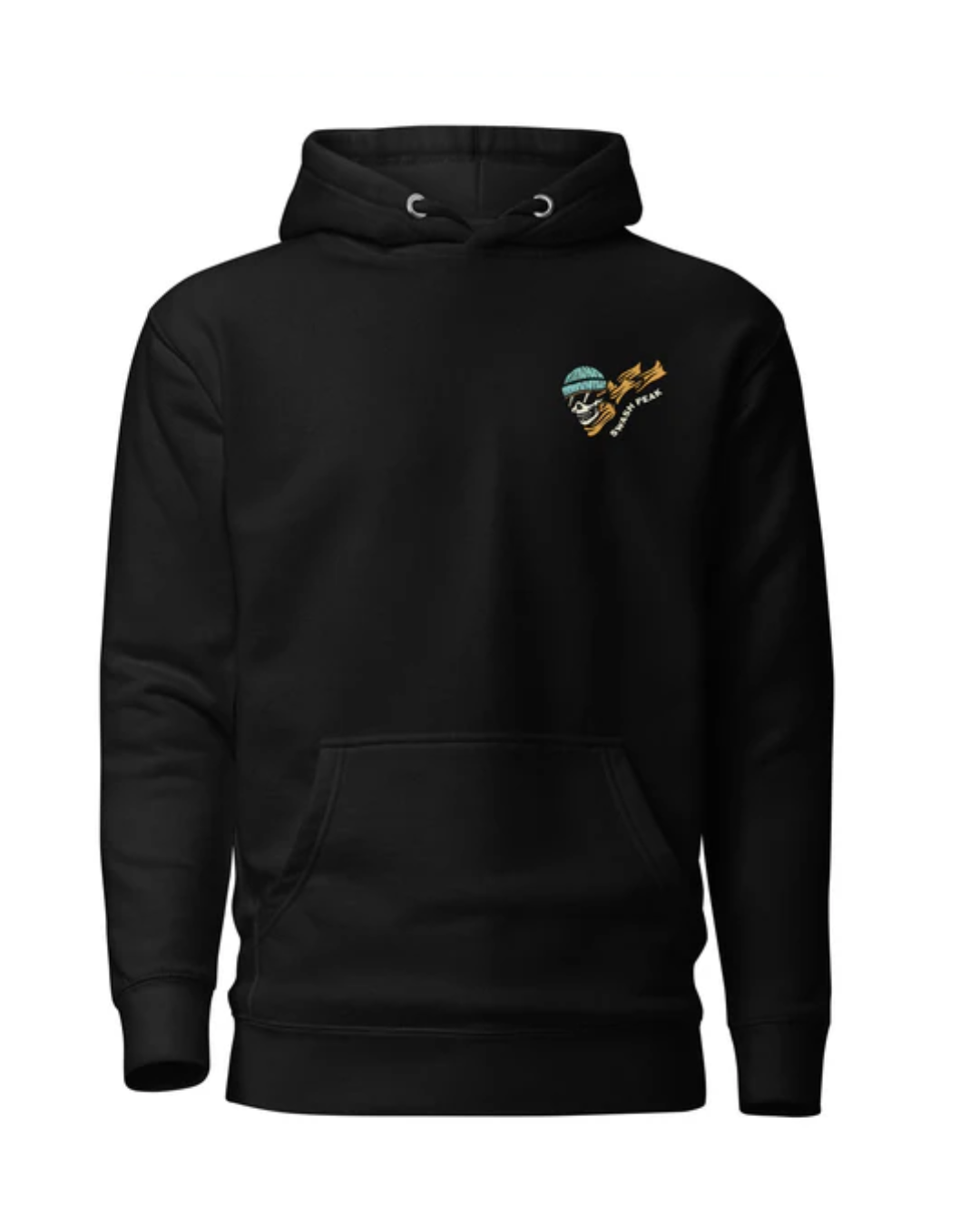
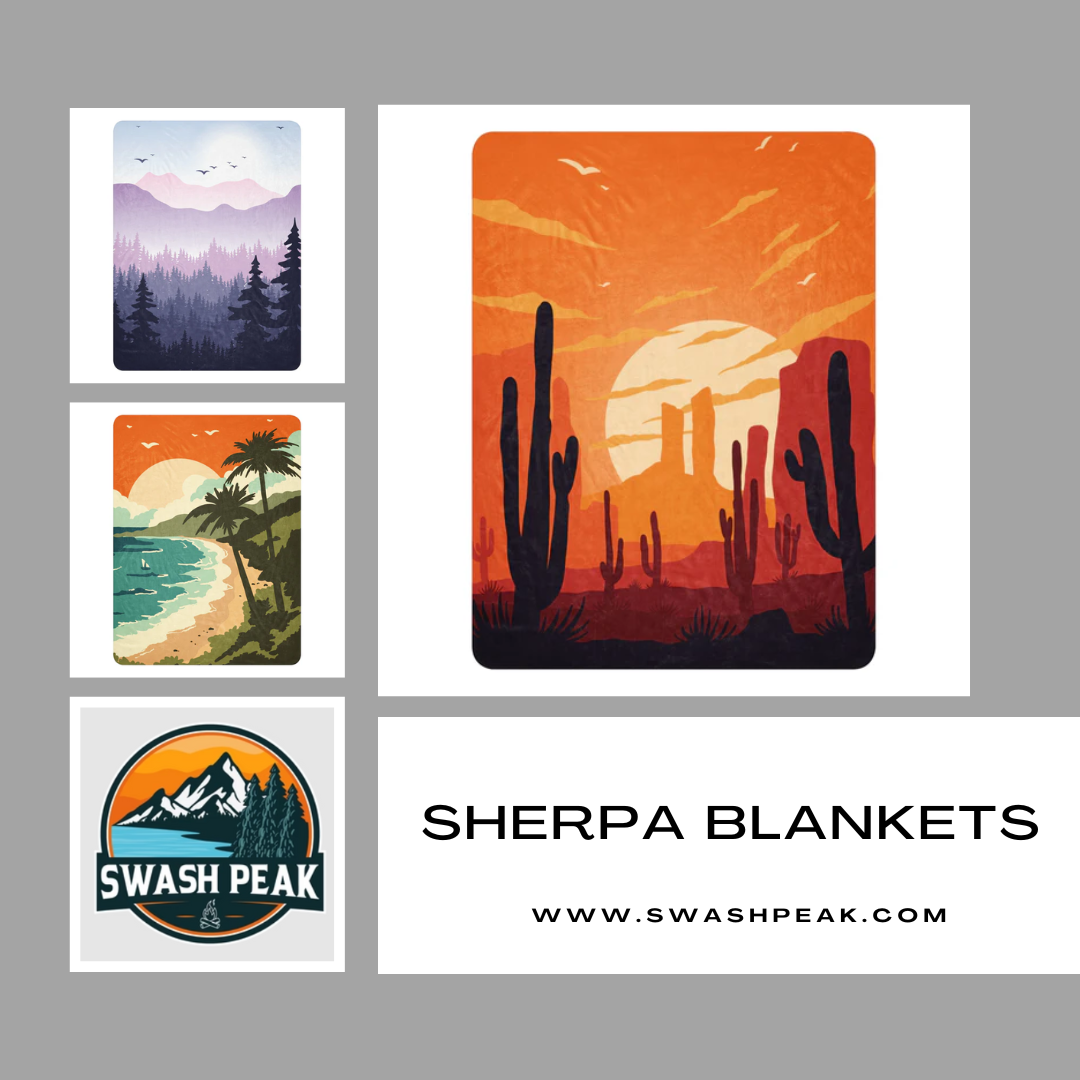
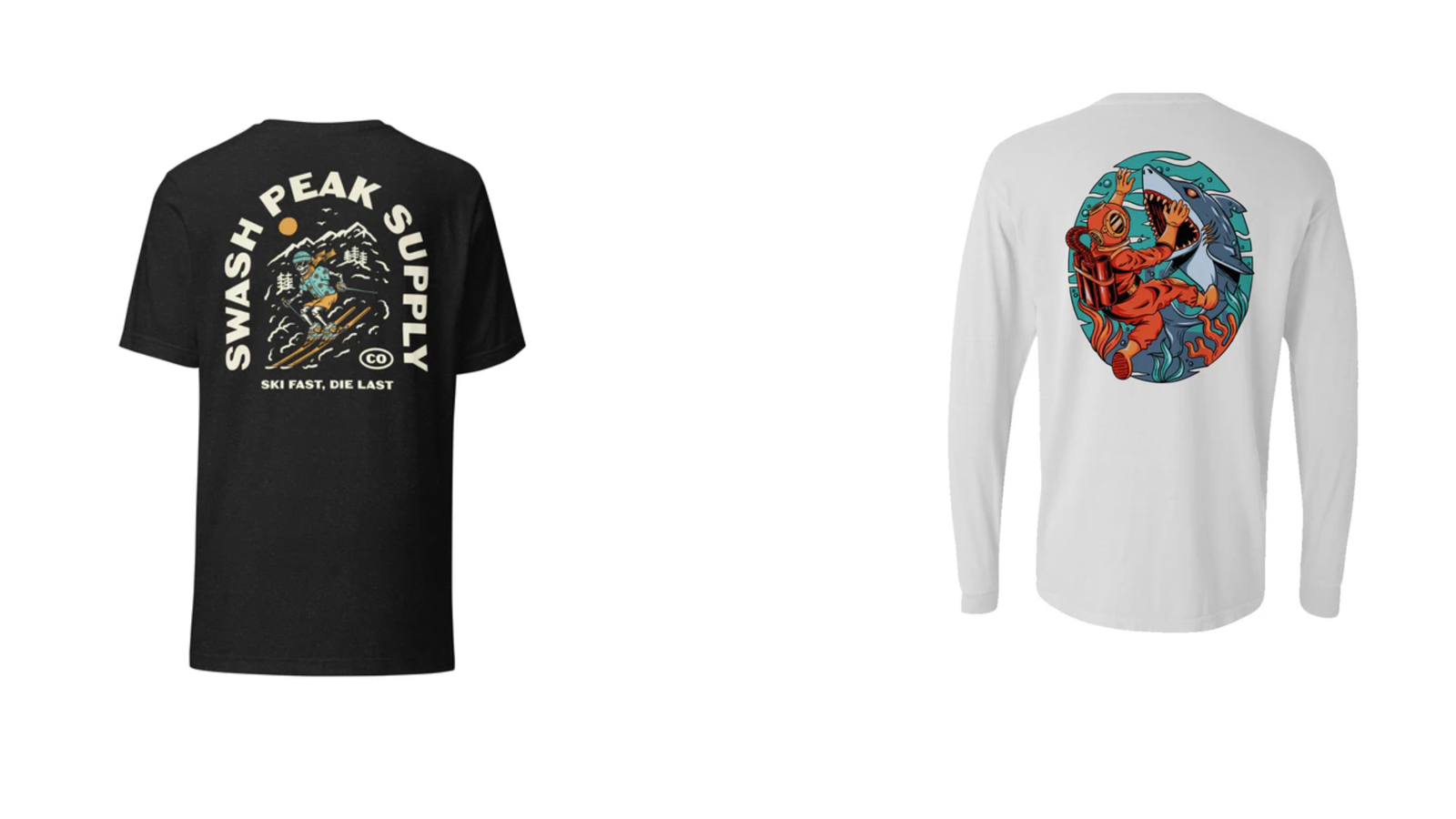
Write a comment ...